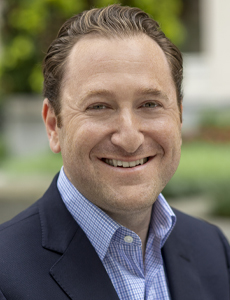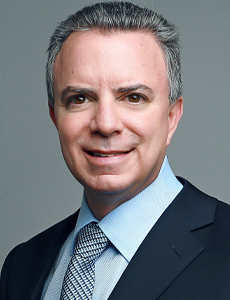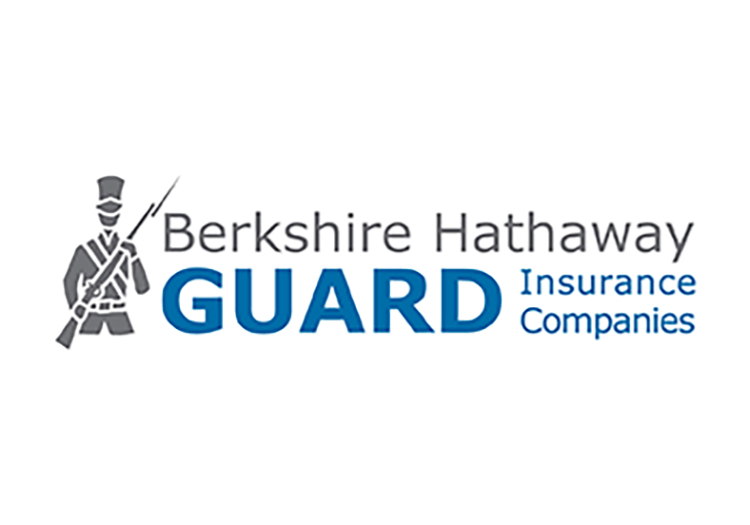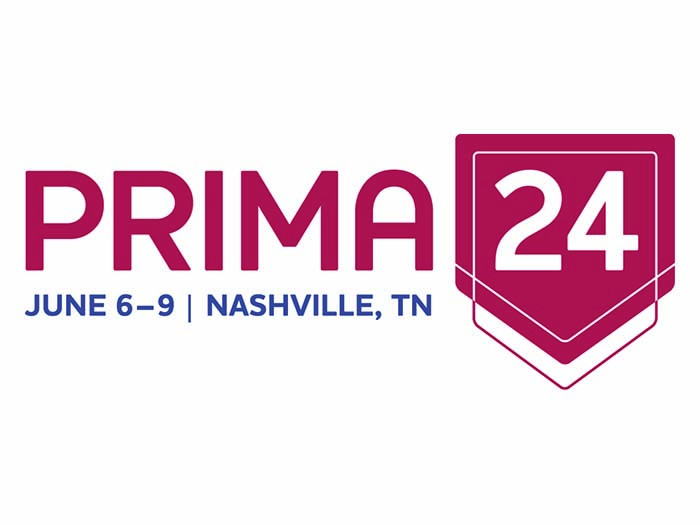Why Middle-Market Companies Need a Carrier with Industry Expertise

The middle market — which comprises businesses with revenues between $10 million and $1 billion — accounts for one-third of the U.S. economy, generating a combined $10 trillion in revenue and employing millions. This market also has unique needs when it comes to insurance and risk management.
A middle-market business is often large and complex enough to require tailored insurance solutions yet small enough that many such businesses lack a dedicated risk manager. They may have a harder time accessing enough capital for expansion and may face a bevy of risks associated with ongoing M&A activity.
This represents a significant opportunity for brokers and agents who partner with carriers that have specialized expertise.
“Business is done differently in the middle market compared to small businesses and large sophisticated customers,” said Marc Orloff, president, North America middle market, Liberty Mutual Global Risk Solutions. “Brokers, agents and carriers have a tremendous opportunity to add value to companies by helping them better understand the full range of risks they face, as well as how to mitigate and manage them.”

Marc Orloff, president, North America middle market, Liberty Mutual Global Risk Solutions
With more limited resources, middle-market companies benefit from having a single point of contact to handle their insurance, risk control and claims needs. “Having one carrier handle all of these areas enables a seamless, gap-free program that addresses all of a business’s unique exposures and ensures efficient utilization of risk mitigation resources to align with their coverage,” said Orloff.
To fulfill this role, carriers need to act not just as insurers but as advisors, partnering with the agent or broker to bring deep expertise in the insured’s specific industry and a detailed understanding of their particular business.
To illustrate the benefits of specialized, industry-specific underwriting, one can examine the complex risks of businesses within two particular sectors: technology and financial institutions.
Evolving Risks in the Tech Sector
All industries have grappled with cyber risk over the years as threats have grown and evolved. It remains a fluid risk, with property and general liability exposures that underwriters can address in different ways. “But for the technology sector, the conflation of digital and physical risks is especially pertinent,” said Mark Kurland, senior director of underwriting for middle market multi-industry/technology, Liberty Mutual Global Risk Solutions.
A cyber policy will likely cover financial losses related to breaches of data, including expenses stemming from forensic investigation, notification and reporting, and potential claims made by customers. But for tech companies producing software that controls machinery, electronics and medical devices, a breach or failure could easily result in property damage or bodily harm as well as the loss of sensitive data.
“Take, for example, the failure of software that runs a medical device. If that gets compromised, either through nefarious actors or just an innocent error in programming, that could result in the user getting injured. Process control machinery that goes haywire could result in equipment getting damaged. Loss of use of that equipment then results in financial injury. Those would be considered more traditional general liability or product liability claims rather than a cyber liability claim, which just focuses on the digital data aspect of a loss,” Kurland said.
“Industry specialization from an underwriting standpoint would bring a holistic approach to companies, brokers and agents. We don’t want to underwrite this in silos, because you can have many scenarios that impact both cyber and P&C lines. To have one underwriter who understands the nuances of this exposure and can coordinate the approach results in seamless, integrated coverage.”
Having a central point of contact and coordinated approach also means that the underwriter can leverage its knowledge of capacity, pricing and other market trends across multiple lines to create solutions that offer the greatest value.
Macroeconomic Trends Amplify Risks for Financial Institutions
The financial sector has also seen shifting exposures thanks to the effects of inflation on borrowing. This includes challenges with mortgage impairment and mortgagees’ E&O coverage.

Mark Kurland, senior director of underwriting for middle market multi-industry/technology, Liberty Mutual Global Risk Solutions
“Given the current challenges in the property market, customers may be inclined to shop around and move coverage to save money, or at least have less of a premium increase. Historically, in a softer market cycle, clients may be more likely to keep their insurance with one carrier for many years over the life of a loan while receiving stable pricing, and there’s reduced likelihood of a mistake being made compared to a client switching back and forth with market cycles,” said Kurland.
“In some cases, a client has no choice if they are non-renewed. This can happen to banks and mortgage lenders with portfolios concentrated in areas with significant natural catastrophe exposures — coastal areas of California with wildfire hazards, for example. This creates an increased potential for borrowers to have a lapse in their personal homeowner’s coverage, which increases mortgage impairment and mortgagee E&O liability for lenders.”
Managing this risk requires an acute awareness of aggregation of risk, including exposure to not only traditional CAT perils like flood and named storm, but also convective storm and wildfire. It also requires close attention to other factors that would impact the adequacy of coverage, including the effect of inflation on the accuracy of property valuations, the availability of capacity and the sufficiency of existing structures, and (for institutions with physical locations) the impact of social inflation and legal system abuse on premises liability claims.
Again, relying on a single carrier that can offer both visibility into these different risks and integrated solutions for them provides more seamless coverage and peace of mind for middle-market financial companies.
Completing the Picture with Risk Control and Claims
Specialized underwriting may be key for middle-market risk management, but an ideal carrier will complement seamless coverage with risk control solutions and claims management expertise, providing brokers, agents and businesses the full blend of products, services and deep understanding of macroeconomic conditions and industry-specific trends needed to effectively manage risk in the middle market.
“We know we have the products across Liberty Mutual to meet any client’s need. That already exists. By understanding the true client needs at its core, we can be systematic in how we enable those products seamlessly,” Orloff said. “It really all comes down to industry specialization and working with the broker or agent to put the client front and center, so we truly understand what they are trying to accomplish, and then pulling in the risk control and claims pieces to round it all out.” &










